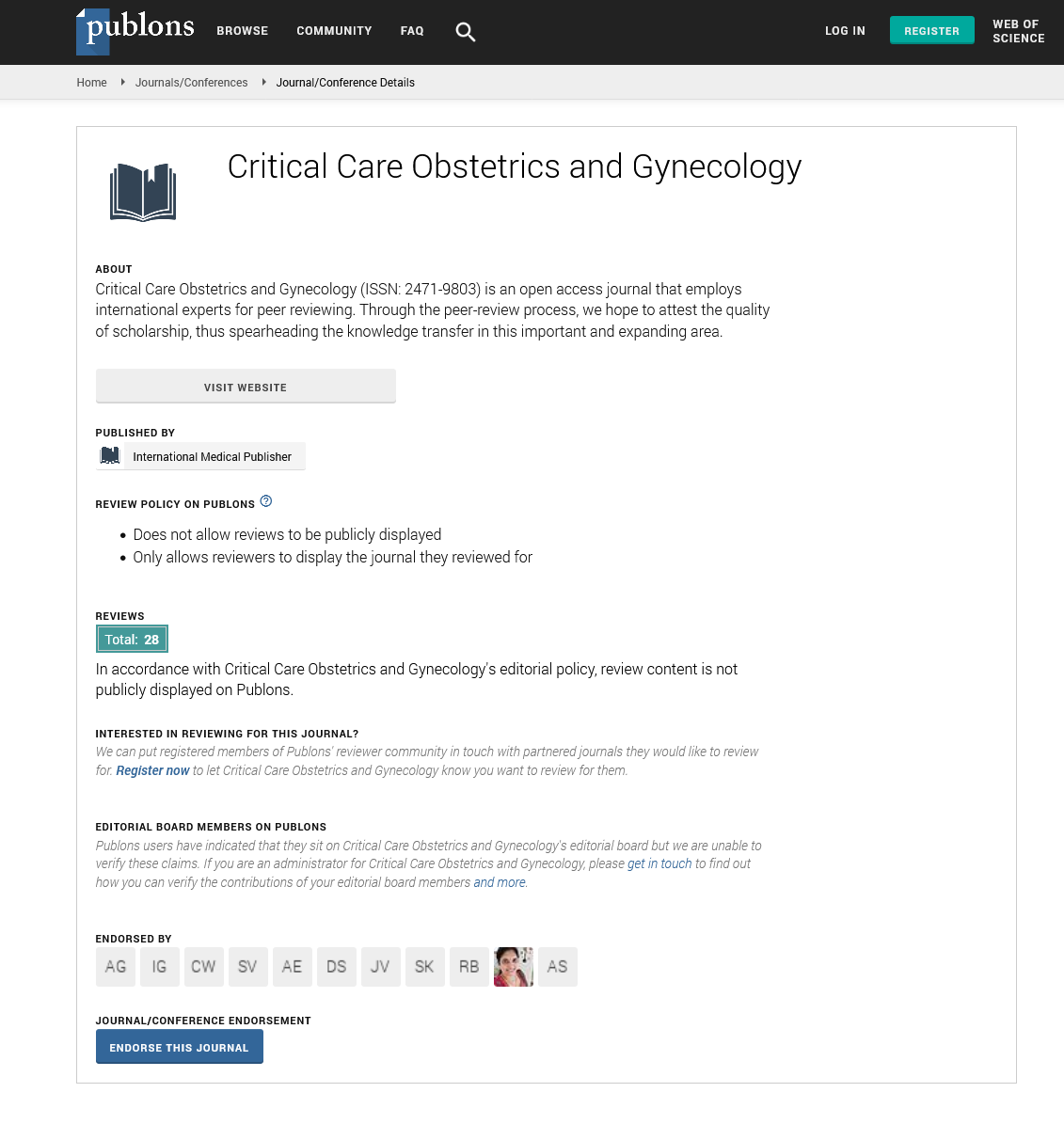Abstract
Polycyclic Aromatic Hydrocarbons Cause Follicle Atresia and Apoptosis in Mouse Ovarian Follicles Cultured in Vitro that can be Reduced with the Activator of PI3K/Akt Pathway, 740Y-P
Objective: To explore the effect of the environmental toxicants polycyclic aromatic hydrocarbons (PAH) on the ovary.
Methods: Female mice of child-bearing age were randomized to a control group and three PAH exposure groups at a dose of 0.1 μg/mL, 1 μg/mL or 10 μg/mL. The ovary was removed using aseptic technique, cultured in vitro for 10 days, and HE stained to observe structural change by light microscopy. Ovarian granulosa cell apoptosis was detected by immunohistochemistry, and the number of ovarian follicles undergoing atresia was counted. Western blot was carried out to detect the expression of apoptosisrelated proteins (Caspase3,Caspase9, bax and bcl-2). Then we detected if these damages can be prevented by 740Y-P, an activator of PI3K/Akt pathway.
Results: The number of ovarian follicles in the three PAH groups was significantly lower than that in the control group (P<0.05). Compared with the control group, the expression of apoptotic protein Caspase-3, Caspases9 and Bax was increased, and the expression of Bcl-2 was decreased in PAH groups. PI3K/Akt pathway prevented the apoptosis of the ovary.
Conclusion: Exposure of female mice of reproductive age to PAH induced ovarian granulosa cell apoptosis that can be prevented with the activator of PI3K/Akt pathway 740Y-P.
Author(s):
Fei Sheng, Yixuan Ji, Yan Ma, Haixia Ding, Qing Zhang and Wen Li
Abstract | Full-Text | PDF
Share this

Google scholar citation report
Citations : 148
Critical Care Obstetrics and Gynecology received 148 citations as per google scholar report
Critical Care Obstetrics and Gynecology peer review process verified at publons
Abstracted/Indexed in
- Google Scholar
- China National Knowledge Infrastructure (CNKI)
- WorldCat
- Publons
- Geneva Foundation for Medical Education and Research
- Secret Search Engine Labs
Open Access Journals
- Aquaculture & Veterinary Science
- Chemistry & Chemical Sciences
- Clinical Sciences
- Engineering
- General Science
- Genetics & Molecular Biology
- Health Care & Nursing
- Immunology & Microbiology
- Materials Science
- Mathematics & Physics
- Medical Sciences
- Neurology & Psychiatry
- Oncology & Cancer Science
- Pharmaceutical Sciences


